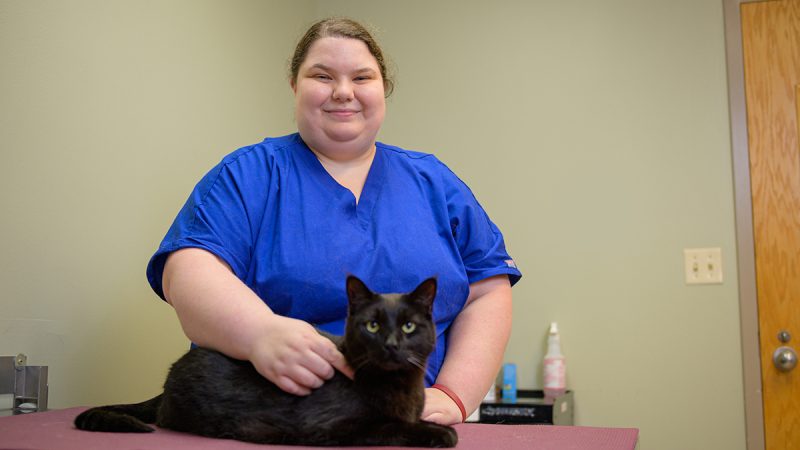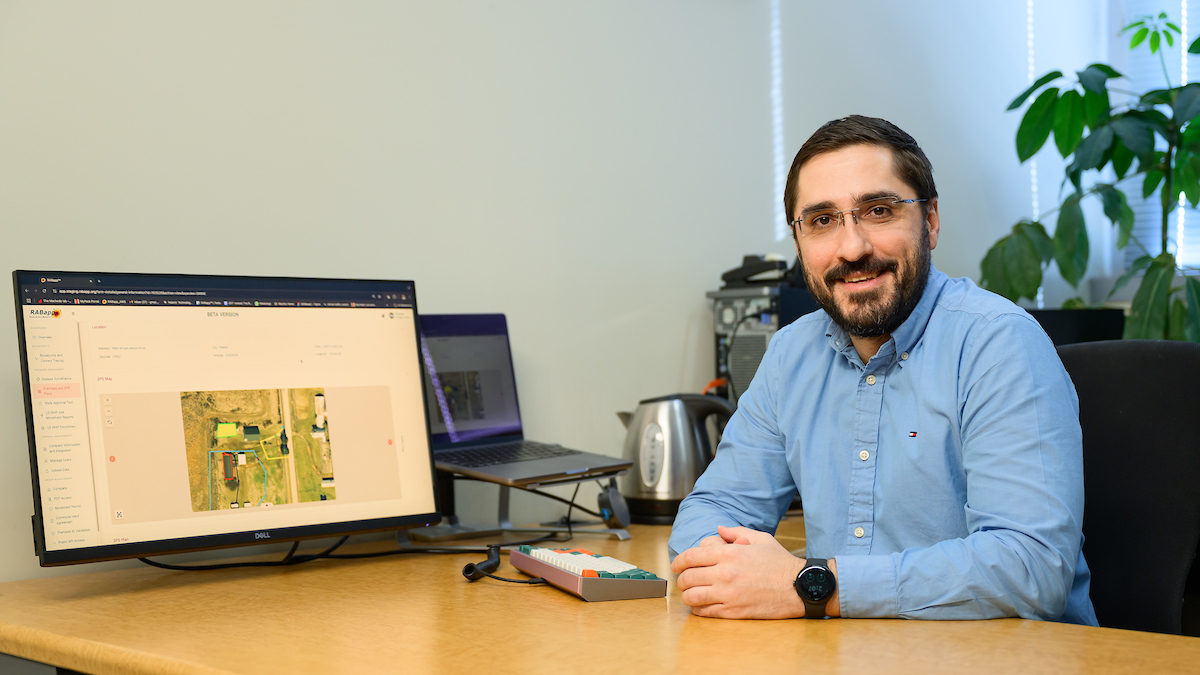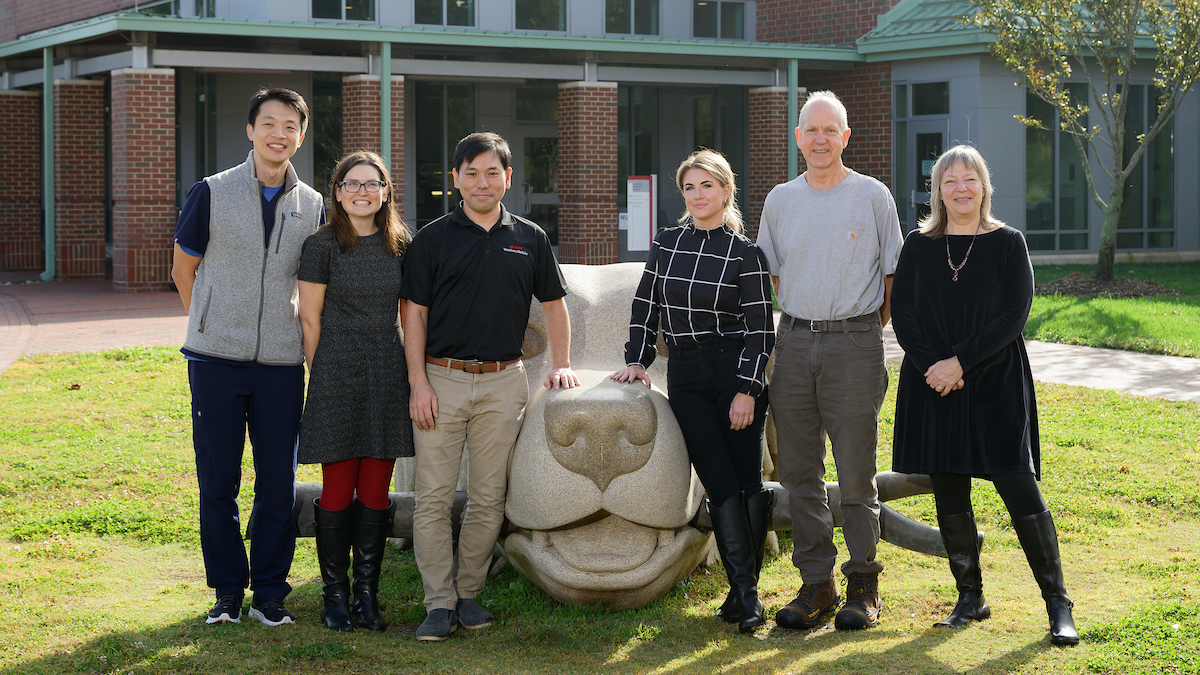New to the CVM Family: Meet Shanna Rayburn

Behavioral medicine clinical technician Shanna Rayburn always wanted to work with students. She loves mentoring, especially in her new role at the NC State Veterinary Hospital’s Health and Wellness Center.
Originally from Monon, Ind., Rayburn is excited to bring her expertise to the East Coast while continuing to learn from the best of the best.
What made you want to go into veterinary medicine?
Growing up I had a dog with many behavioral problems. I knew that I wanted to go into veterinary medicine and a technician helped me understand what was going on with my dog and how to help manage the situation. The technician really impressed me.
I wanted to go into the field and be able to help people understand their pets’ behavior and communicate with them. Helping people and pets understand each other is a wonderful experience that keeps me excited for my appointments.
What will you be doing in your new role?
The role of a behavioral medicine veterinary technician is to communicate effectively with clients. I help clients learn and understand behavior modification techniques and theory, as well as what a veterinary behaviorist can do to help their pet.
I respond to owner calls and emails when they are looking for assistance and work closely with the veterinary behaviorists at the NC State Veterinary Hospital to come up with a plan to meet their clients’ goals for their pets.
I also offer behavioral modification appointments to clients to focus on individual portions of the treatment plan and help teach the owner new behaviors or to practice what to do in a variety of stressful situations.
What are you most excited about in your new role?
I am very excited to help teach students the importance of animal behavior. I look forward to teaching them how to address behavioral changes and what they can do in their own practice to help their patients or what needs to be addressed by a veterinary behaviorist.
What is your background?
I obtained my bachelor of veterinary technology from Purdue University in 2011. I worked at Purdue as a technician for a year after graduating, learning and expanding my technical skills rotating between the different departments, including large animal, emergency and anesthesia.
I then moved to Chicago to work primarily as a behavior technician at two different practices, as well as PAWS Chicago, a no-kill shelter. In Chicago, I worked with clients as well as various shelters and rescue organizations to ensure lifelong placement in the pet’s adoptive home. During this time, I also completed the Karen Pryor dog training course that focuses on teaching clicker training to animals as well as building skills in communicating with clients.
I then moved back to Indiana and spent three years in private practice at the clinic I worked at in high school. Getting back into private practice was a great experience for me. During this time, I also obtained my veterinary technician specialty in animal behavior and became fear free certified.
I then joined the NC State behavioral medicine service and am looking forward to expanding my knowledge and abilities here.
What’s something someone would be surprised to learn about you?
I enjoy gardening and have a small flower garden on my balcony. One of my favorite flowers is sunflowers and I found several different varieties that are under 3 feet tall that I can grow in pots on my balcony.
When you’re not on campus, where could we find you?
I am more of a homebody, but enjoy walks in the state parks and browsing the farmers market.
Do you have any pets?
I have a 10-year-old black Labrador, Cinder, who has moved with me everywhere and is a wonderful teaching dog for students for many different services. She has been used for radiology labs and neuro labs, as well as many behavior labs. She is a very patient teacher when it comes to students learning how to place basket muzzles and head halters.
I also have two cats: Dublin, a 7-year-old domestic short hair, and George, a 5-year-old domestic long hair. Dublin is very much a snuggler and is a very willing participant in student learning experiences. George is more of a traditional cat that prefers attention on his terms.
Visit the behavioral medicine service page to learn more about our comprehensive consultation services for small animals.
- Categories:


